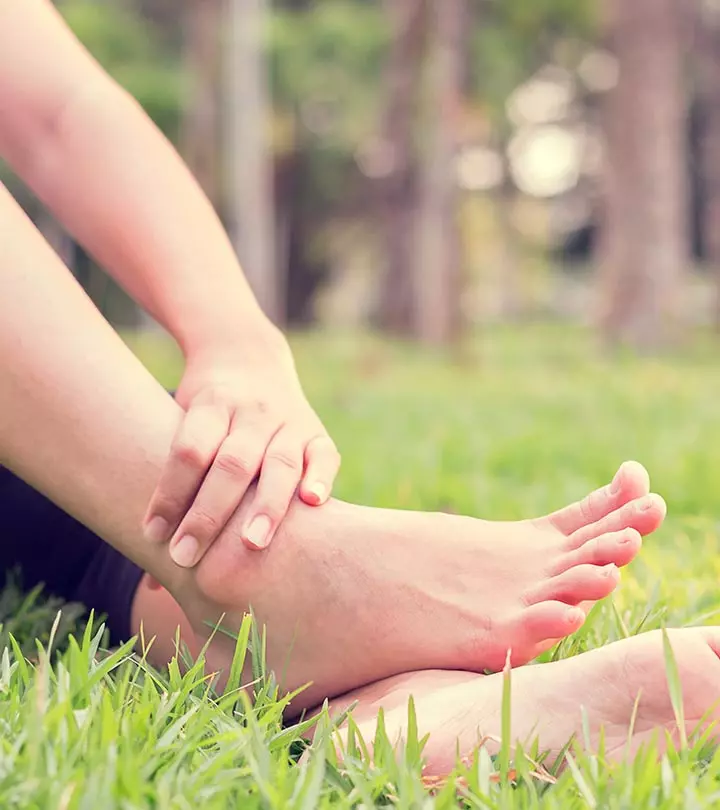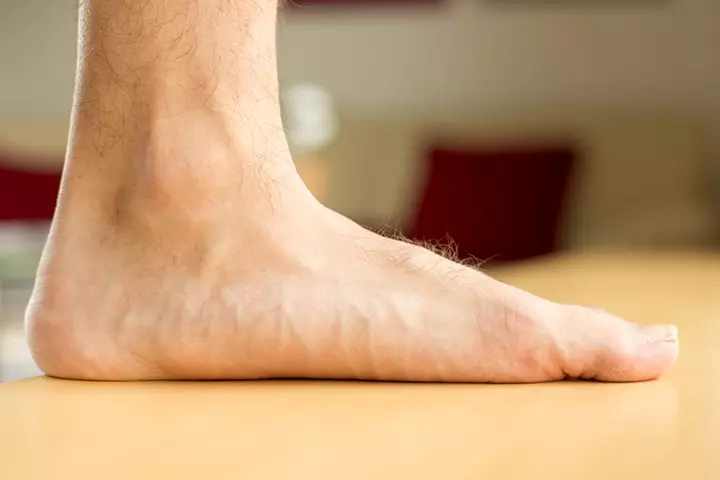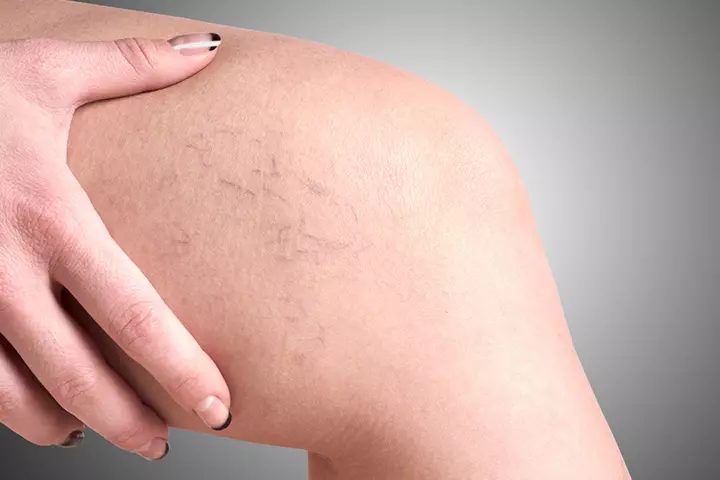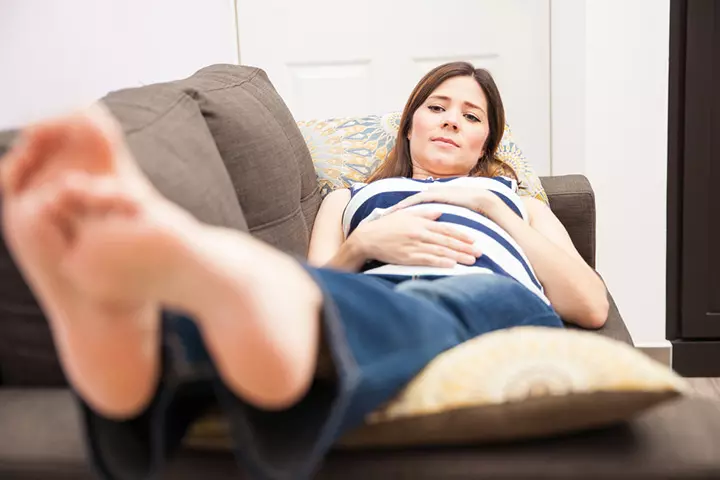
Image: Shutterstock
Well, I would be lying if I said that pregnancy is full of rainbows and unicorns, right, ladies? While nausea, back pain, fatigue, morning sickness, and a swollen belly are hassles anyway, the list doesn’t end there. In fact, leg problems and swollen feet are also common issues faced by most pregnant women.
The primary cause for this could be the weight gain that transforms the body’s centre of gravity putting extra pressure on your feet. Additionally, the frequent washroom trips along with the delayed blood circulation do not help either. The veins get under too much pressure due to the weight of the baby bump as well as the uterus, which contribute to swelling.
Here, we discuss the most common foot problems occurring during pregnancy:
1. Swelling Or Edema
This is a condition characterized by an excessive fluid build-up in tissue which results in swelling. The fluid can be retained water or even blood (due to prolonged circulation). There is a lot of pressure on the vena cava and pelvic veins caused by the bump and uterus, slowing the blood flow.The blood, hence, pools in the feet and ankle tissues causing extreme swelling. While Edema is common during the third trimester, it can also occur for the entire duration of the pregnancy in some women.
2. Over-Pronation
This condition involves flattened foot arches, and is commonly referred as ‘flat feet (1). Over-pronation can make it difficult to walk and increase the strain on your feet, calves and even the back.
3. Varicose Veins
Most common during pregnancy, varicose veins are caused due to the faulty valves in the vein or the weakened vein walls (2). In a person with varicose, the blue and swollen veins become visible on the skin. The cause could be gaining a lot of weight, family history of the disorder, or standing for prolonged intervals of time.
4. Leg Cramps
Probably the most common one on the list, these are painful contractions that occur in the calf muscles. Cramps usually show up during the second trimester due to fatigue, weight gain, and foot swelling. Poor eating habits, calcium deficiency, and increased intake of phosphorus in the diet can also contribute to leg cramps.
How To Treat Leg Problems?
1. Keep Your Weight In Check
This is a no-brainer for every pregnant woman out there. It is important to monitor your weight because excess weight can add more stress on the blood’s circulation system in your body. It is best to keep your weight in adherence to your doctor’s recommendations.
2. Stay Hydrated
Let’s face it, staying hydrated is essential for your body to function normally. In the case of pregnancy, increasing the intake of water in your body will help you with the swelling.
3. Watch What You Eat
There is no doubt that pregnancy comes with its own set of weird cravings. However, make sure that you reduce the intake of salty foods and fibre in your diet. Salt causes water retention which will only worsen your swelling condition.
4. Practice Stretching
Stretching exercises relieves the muscle cramps while improving the blood flow in the body. This will allow your muscles to relax making regular movements easier.
5. Consult A Specialist
We agree that leg pains, cramps, and swelling are common instances during pregnancy; however, getting a second opinion is no harm. Make sure to call your practitioner right away In case the muscle pain is persistent, or you see redness and swelling accompanied by tenderness in your foot, make sure to call your practitioner right away. These symptoms may point to a blood clot that could be fatal and hence requires immediate medical intervention.
Did you face any such issues during your pregnancy term? If yes, how did you cope with them? Comment below to let us know some tips and tricks that came in handy.

















